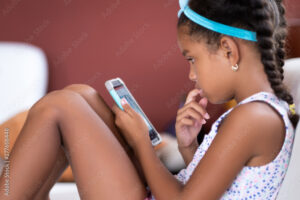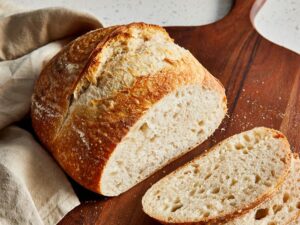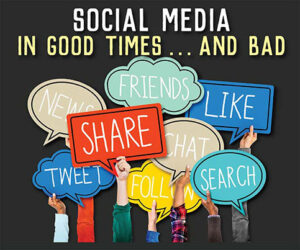The Debate on Cell Phone Use in the Classroom
Cell phones have become an integral part of our daily lives, serving as tools for communication, learning, and entertainment. However, their place in the classroom has sparked heated debates among educators, students, and parents alike. Should cell phones be allowed in schools? To explore this question, I’ll reference insights from Graduate Programs for Educators and an engaging video by AsapSCIENCE titled Should Cell Phones Be Allowed in School? Linked here: Should Cell Phones Be Allowed in Schools?
The Pros of Cell Phone Use in the Classroom
Supporters of cell phone use in the classroom argue that these devices can enhance learning and engagement. As highlighted in the Graduate Programs for Educators article, cell phones provide access to a wealth of information at students’ fingertips. Apps like Google Classroom, Kahoot, and Quizlet make lessons interactive and dynamic, catering to diverse learning styles. Additionally, students can use their phones for research, project collaboration, and even creating multimedia presentations. Advocates also stated that cell phones are here to stay so why not embrace their existence rather than ban them. It’s up to us as educators to inspire and teach students how to use them for good rather than to bully and harass others on online social media platforms.
From a safety perspective, cell phones also serve as lifelines. They allow students to contact parents during emergencies and provide peace of mind to families.
The Cons of Cell Phone Use in the Classroom
Despite the benefits, cell phones can be a source of significant distraction. The AsapSCIENCE video highlights that even the mere presence of a cell phone can reduce cognitive capacity, as our brains unconsciously focus on the device—a phenomenon called “the smartphone effect.” Students may be tempted to scroll through social media, text friends, or play games, taking their attention away from lessons.![]()
Additionally, unrestricted cell phone use can heighten social and mental health issues. According to Graduate Programs for Educators, excessive screen time has been linked to increased anxiety, depression, and sleep disturbances in students. The presence of cell phones in the classroom could further contribute to these issues by promoting unhealthy usage habits. This is the claim that the Government of Saskatchewan has claimed as the reason why they have chosen to ban them in Sask classrooms. I did a little bit of a deep dive into this to see if they have taken any “next” steps in this endeavour to ban cell phones in the classrooms. Did what they had done work? What I found was disappointing, to say the least. Not one ounce of data on their website and not one mention of them following up. Click the link here to see for yourself : New Provincial Measures to Limit Cell Phones in Saskatchewan’s K-12 Classrooms
Striking a Balance: The Middle Ground
Both resources agree on the importance of finding a balance. Rather than an all-or-nothing approach, schools and educators could implement policies that regulate cell phone use. For example, teachers might designate specific times for cell phone use, such as during research activities or interactive lessons, while enforcing strict no-use policies during lectures, exams, and recess/breaks.
The AsapSCIENCE video also suggests that creating “phone-free zones” or using lockable phone storage can reduce distractions while still allowing students to use their devices during breaks. My thoughts on the idea of allowing them to use their phones at recess and breaks is conflicted. I feel students need to get up and stretch their legs during breaks, get fresh air, and sunlight and be in a different environment as their normal classroom. I believe that this not only heightens their learning during lessons but also creates healthy habits in their lives.
Educators can also teach digital citizenship, helping students develop healthy and responsible phone usage habits. There are many opportunities for this topic to be taught in classrooms. Like Katia spoke about during our lecture, its a little like treaty education, where digital citizenship is there for teachers to use but not mandated and not all teachers choose to teach it. It is a real shame truly, this is an oppourtunity missed for so many in my opinion.
Conclusion
The debate over cell phone use in the classroom reflects the broader challenge of integrating technology into education. While cell phones offer tremendous potential as learning tools, their misuse can hinder academic success and well-being. By adopting thoughtful policies and fostering responsible digital habits, educators can harness the benefits of cell phones while minimizing their drawbacks. As we navigate this complex issue, one thing remains clear: the goal should always be to create a learning environment that supports students’ growth, both academically and personally.






